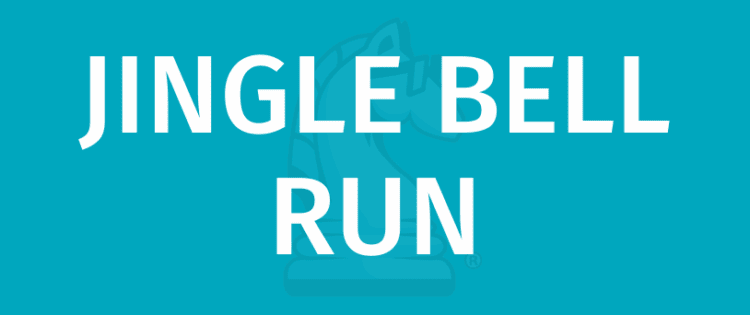
OBJECTIVE OF JINGLE BELL RUN: Be the first player to reach their finishing pattern card.
NUMBER OF PLAYERS: 2 – 6 players
CONTENTS: 16 pattern cards, 42 bulb cards, 8 plugs, 5 broken bulbs, 6 bubble bulbs, 6 character cards
TYPE OF GAME: Set collection card game
AUDIENCE: Ages 6+
INTRODUCTION OF JINGLE BELL RUN
Jingle Bell Run is a set collection racing game for 2 to 6 players. In this game, players navigate the board by creating sets of lights that match the cards in the grid. When a player creates a set that matches the pattern on a card next to them, they may move their character onto that card. The first player to move their character from their starting corner to the complete opposite corner wins the game.
THE CARDS & THE DEAL

Jingle Bell Run requires components from the Christmas Lights card game. Players will need: 16 pattern cards, 7 bulbs of each color (42 total), 8 plug cards, 5 broken bulbs, 6 bubble cards, and up to 6 character cards.
Shuffle the pattern cards and lay them out to form a 4×4 grid. The pattern cards should be face up.
Shuffle the colored bulbs, bubble bulbs, broken bulbs, and plugs together in one deck. From this deck, deal each player 5 cards.
Next, deal out a row of five cards face up in the middle. This is the market. The rest of the cards are placed face down to form a stock.
Finally, each player chooses one character card to represent them. Each player places their character card on one of the four corners of the pattern grid. This is where the play will begin the race. As players complete patterns, they will move their character around the grid. Notice that players can see their hand before choosing their starting position. More than one character is allowed to start in the same corner.

THE PLAY
The youngest player gets to go first. On a player’s turn, they choose one action to complete.
Draw Cards
A player may choose between drawing two cards from the stock or drawing two cards from the market.
If a player takes a bubble bulb from the market, they may only draw one card. However, if a bubble bulb is drawn from the stock, the player may treat it as a normal bulb and draw again.
If drawing from the market, draw one card at a time and immediately replace it with a card from the stock. When there are three wild cards in the market, the entire market is immediately discarded and replaced with five new cards.
If the stock ever runs out of cards, immediately shuffle the discard pile and place it face down to form a new stock.
Give Broken Bulb
A player can give 1 or more broken bulbs to a single opponent and draw that many cards from their opponent’s hand. The broken bulbs are added to their opponent’s hand after the draw.
Plug and Swap
If a plug card is played, place it in the discard pile. That player then swaps two pattern cards in the grid. The cards must be unoccupied.
Play and Move
To move around the grid, players must create sets of cards that match the pattern on the card they can move to. To do so, the player shows the five cards that match the pattern and discards them. They then move their character card to that pattern card. In the beginning, the character card will move onto the card that the player starts beside, so that is the first pattern a player must complete. Once characters are on the grid, they can only move their character cards orthogonally (left, right, up or down).
If a player ends their turn with more than 7 cards, they must discard back down to 7. They may discard any card type from their hand.
The game continues in a clockwise direction until one player reaches the patter card that is on the opposite corner from where they started.
WINNING
The first player to move their character card to the complete opposite corner wins the game. For example, if the player starts in the top right corner, they must get their character to the bottom left corner.
- TRIPLE SNAKES - February 15, 2021